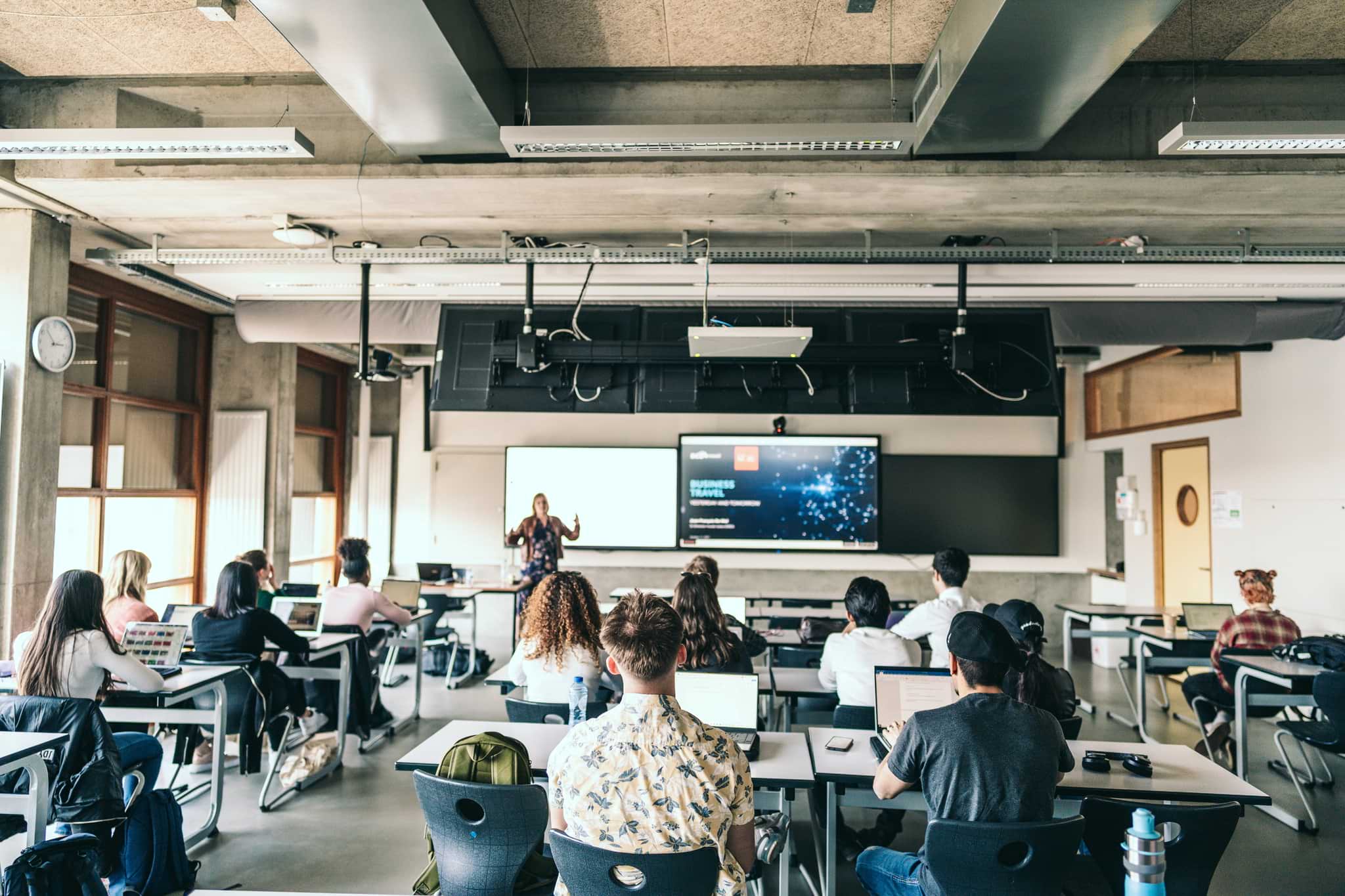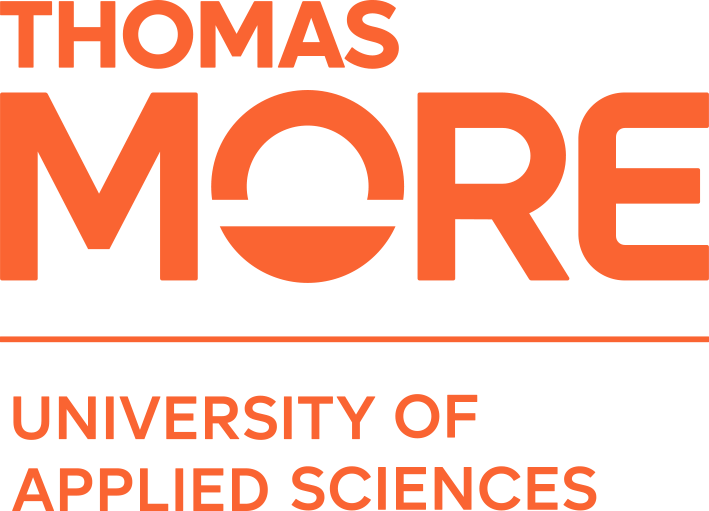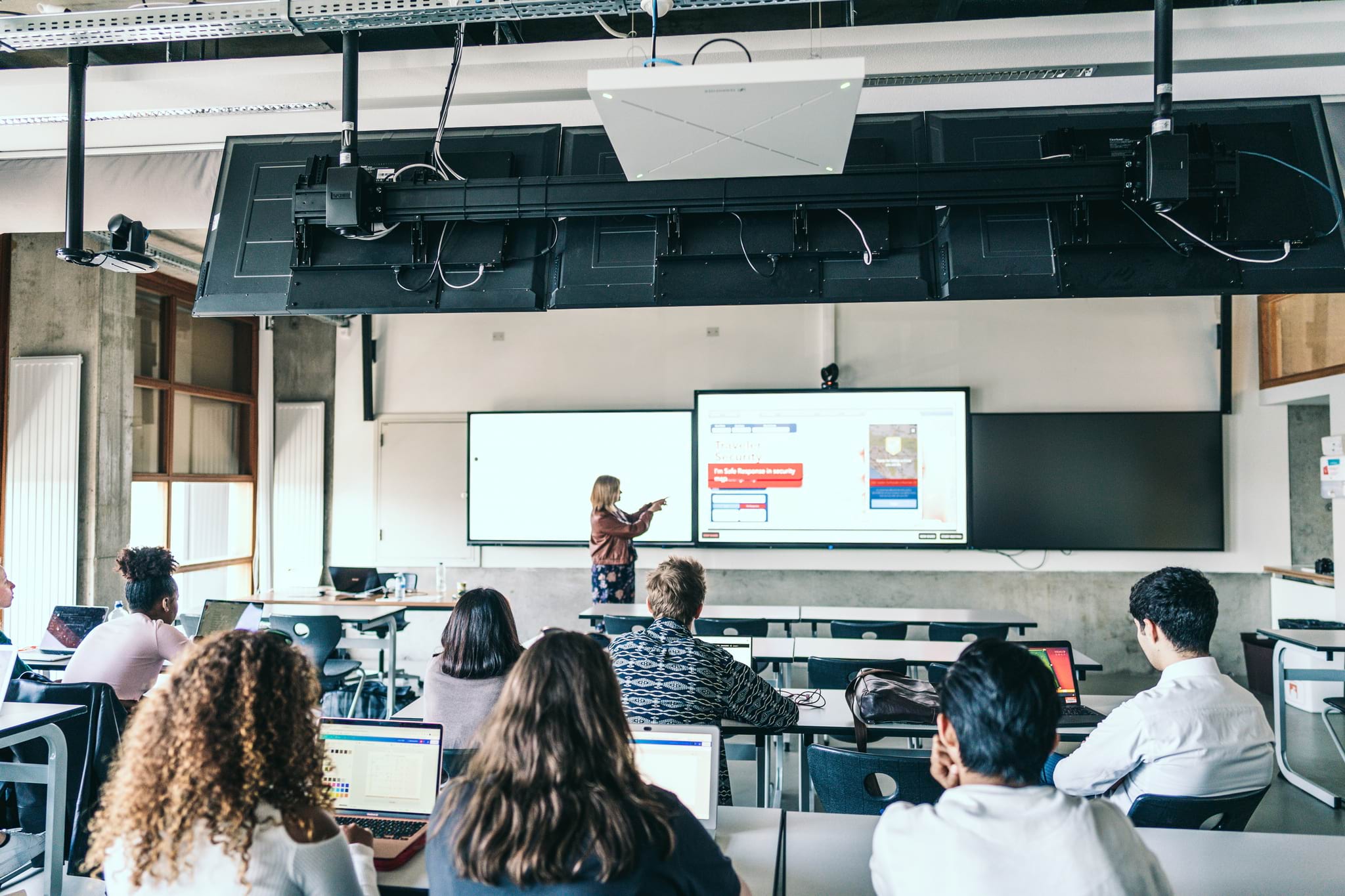Thomas More in Belgium has reimagined hybrid learning by adopting Zoom as a long-term strategic solution. What began as a pandemic response evolved into a streamlined, flexible teaching model supported by Zoom Rooms, Whiteboard, and seamless tool integration—empowering teachers to focus on education, not technology.
Zoom has gone from being a pandemic solution to a strategic enabler of flexible education across our campuses.
Tom Segers
AV technologies at Thomas More



